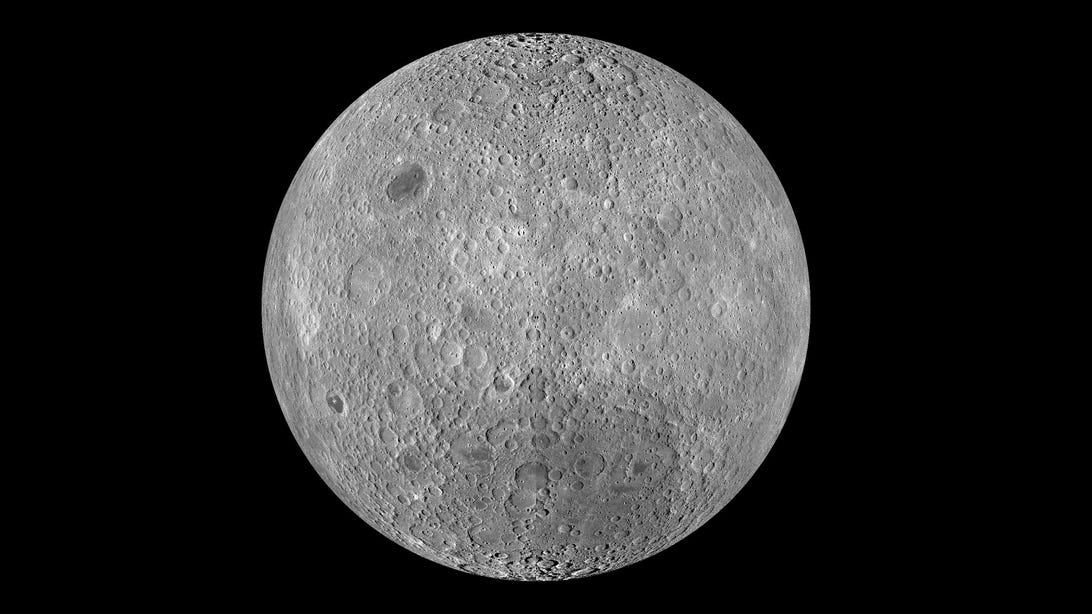

There’s a lot of craters on the moon and it’s about to get a new one.
NASA LRO
What is going to crash into the moon on March 4? In early February, amateur astronomer Bill Gray suggested the rogue object was likely a spent SpaceX rocket, launched in 2015, and it was on course to punch a new crater into the lunar surface. This had space archaeologists excited, while others lamented the growing threat of space junk.
On Feb. 12, after looking through old data, Gray provided an update: The object is likely not a SpaceX rocket after all. Rather, it’s a rocket stage that launched China’s Chang’e 5-T1 mission to the moon in 2014.
The rogue object was originally discovered on March 14, 2015, by the Catalina Sky Survey and identified as a near-Earth asteroid. The survey uses satellites at Arizona’s Steward Observatory to hunt the sky for rocks that orbit our planet — some which may be hazardous. The Survey named the object “WE0913A.”
Shortly after, Gray identified the object as the second stage rocket used to launch NASA and NOAA’s Deep Space Climate Observatory (DSCVR) satellite into orbit. So it stood for seven years until Gray published his original post noting the object was about to hit the moon. Of course, the thought of it being a SpaceX rocket ensured it would make headlines around the world.
It wasn’t until Jon Giorgini, an engineer at NASA’s Jet Propulsion Laboratory, emailed Gray on Feb. 12 that he began to rethink what the object might be.
The trajectory for the DSCVR spacecraft didn’t go close to the moon — so it would be unusual for the rocket that carried it through space to do so. Gray writes that he went digging through his archive from 2015 to try and prove that the object was definitely DSCVR. He couldn’t.
Instead, he writes that it’s likely the spent Chinese booster, which originally launched on Oct. 23, 2014. That mission was designed to fly around the moon. In short, the Chinese rocket fits the data a lot more closely. “In a sense, this remains “circumstantial” evidence,” writes Gray. “But I would regard it as fairly convincing evidence.”
The booster poses no threat to Earth’s only natural satellite. It’s expected to crash into a crater on the far side of the moon known as Hertzsprung. There will be no way to watch the celestial smash occur but in the future, moon orbiting spacecraft may be able to get a glimpse of the impact.